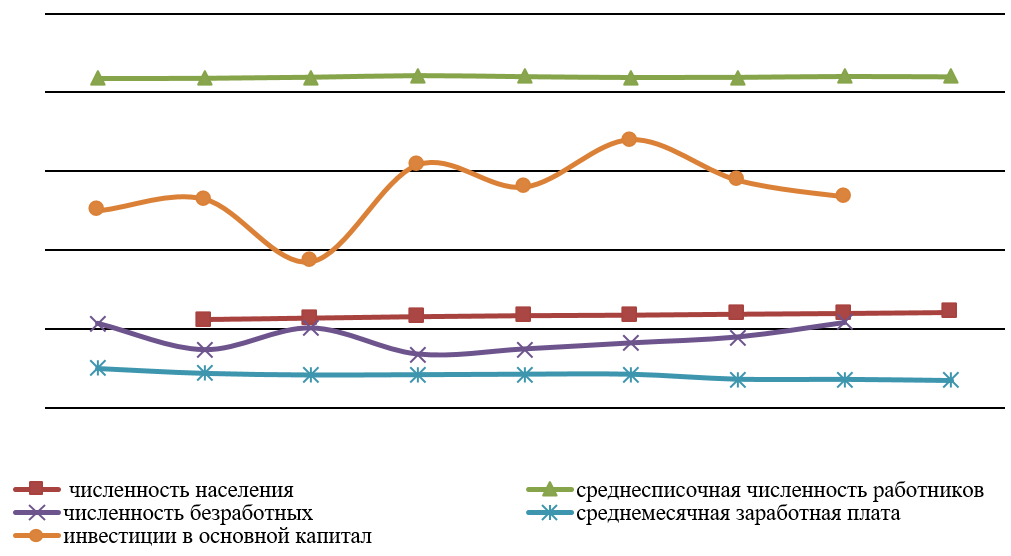Today’s China considers itself a “Near-Arctic” country despite being a thousand miles away from the Arctic. China and India both became members of the Arctic council in 2013 as observer members along with the European Union, Singapore and others. Since 2014 after the Western Sanctions were imposed on Russia amidst the Ukraine crisis, the strategic partnership between Russia and China has deepened with detailed cooperation in the oil and gas pipeline projects in the Russian Far East. The concept of One Belt One Road (OBOR) from a Chinese perspective has given way to the development of the Polar belt concept. The concept envisages the development of ports and support infrastructure along the coast of the Arctic Ocean’s North East passage. It is also called the Northern Sea Route (NSR). China has been making serious inroads into this remote area whereas India is yet to formulate a government level Charter on the Arctic, although in early 2021, the government did reveal a draft “Arctic Policy” with its own flaws of declaring Arctic as a “Global common” and exporting “Democratic institutions”, both of which would not resonate with the largest partner in the region India has, Russia. India and China are both observer members of the Arctic Council since 2013. The progress made by the Chinese side in the Arctic is considerably ahead of India. The steps made by China in the region leaves limited options for India, not just in the Arctic but also in the overall Russia-India relations and the larger Indian Foreign relations. China being a powerful neighbor and an adversary has over the last few years has grown closer to Russia, which leaves certain important options for India to consider. The Arctic region of Russia is one such area which demands the consideration of the Indian side.
Both China and India are dynamically transforming economies which are important for Russia in the long run. Main destinations for Russian exports have traditionally been Europe, the Organization for Economic Cooperation and Development (OECD) and the Commonwealth of Independent States (CIS), but recent years have seen a Russian pivot towards new dynamic markets of India and China. In recent years net FDI inflows from China into Russia have increased substantially as net inflows from the rest of the world declined due to the Ukraine crisis and American and European sanctions and Russian counter sanctions. Net FDI from India to Russia also remains low. The gap in exports from Russia to China and India is wide as the Chinese economy as compared to the Indian economy is larger and the present geographical proximity between Russia and China. China is able to benefit from Russian commodity exports due to proximity and support logistics whereas India is at a disadvantage. Also, it is fair to mention the low level of Russian integration in the global value chains of China and India. In the Global market, China follows the United States as the second largest importer and in certain commodities it represents more than half of the Global demand. Russia being rich in commodities and having a geographical proximity with China becomes a natural choice for China for its commodity demands.
The success of the relationship between Russia and China is highly dependent on the economic and trade relation between the two countries. This has been emphasized by increasing trade volume between the two countries. However, it is important to notice the structure of the trade relationship between Russia and China. China is the largest trade partner for Russia and the largest Asian investor into the Russian economy. The two countries expect to see bilateral trade reach 110 Billion USD in 2019. The Chinese FDI into the Russian economy in 2010 stood at 570 Million USD and has been increasing ever since. The gap between the two countries in the economic relation can be envisaged from the fact that trade with China forms a substantial percentage of overall Russian foreign trade, whereas for China, the trade with Russia is only a fraction of its overall trade. India as compared to China has been less relevant in the larger Russian trade picture. In 2015, Russian exports to India were worth 5 Billion USD and imports from India were 2.3 Billion USD. The same figures in 2019 rose to 6.76 Billion USD and 3.15 Billion USD respectively.
However, it is worth noting that the trade quality between India and Russia shows a divergence from Overall Russian Trade. Russian exports to India do not consist mainly of fuels unlike China. It has a large Defense Machinery/Weapons component. This relevance of the military nature of imports from Russia creates a different complexity for Indian strategists. Any diversification into the Military equipment supplier base makes India deviate from the Status-quo economic partner position for the Russians. The active engagement in the Arctic for its wide Hydrocarbon resources can be one area in which India can participate to maintain its relevance as a stable strategic partner. With the growth of the Indian economy in the years ahead Russia can tap into the hydrocarbon market of India. The Sanctions placed by United States, most notably the Countering America's Adversaries through Sanctions Act (CAATSA) and the financial exposure of the Indian Business enterprises to the US economy only seem to weaken the Indian resolve to pick up speed and catch up with the Chinese in this strategically important region of the world.
At the moment India imports most of its oil from West Asia due to ease of logistics. It is simply easier to transport the oil from the Suez Canal into the Arabian Sea with India having strong control of the Sea Lanes of communication (SLOC’s). This is another reason why China is pursuing the inland land-based routes under the One Belt One Road (OBOR) initiative. The strait of Malacca is one such pressure point for China where Indians, Americans and the Japanese all have strong control on the SLOC’s. China wants free access to markets in Europe and in the current geo-political situation and the south China sea disagreements related to island claims and counter claims by some of China’s neighbors, the strait of Malacca forms a certain degree of insecurity within the Chinese policy machinery. The strong presence of the US navy and American posturing towards the Indo-Pacific region only makes matters worse in this regard. Recent trade disagreements between the US and China on one hand, and the US-Russia on the other play the role of a closer Russia- China dialogue. OBOR and the Northern Sea Route through the Russian waters in the high North thus gives justification for cooperation to both Russia and China. China desires access to European ports in addition to securing its energy needs by tapping into the vast arctic oil reserves through the route, whereas Russia views it as an opportunity to revive the high north which has been neglected for decades and also secure Chinese financial support to exploit Arctic resources in the wake of western sanctions.
The Indian side views the Chinese push towards the High North as a strategic loss due to the prevailing focus on “Malacca Containment” as a way of containing China. The focus of the United States on the Indo-Pacific region provides containment and counter-weight to this view and security philosophy of the Indian strategy formulators. India fears an ever-increasing Chinese push towards the North may force the United States to move its main attention from the Indo-Pacific region to the circumpolar North. Without counterweight China inevitably will expand its power in both directions. Indian activity in the Arctic is mainly a reaction to the Chinese extension in the Circumpolar North to eliminate its dependence on the Malacca Strait, which is one of the main Indian leverage on the Chinese Policy.
This is an open access article distributed under the terms of the Creative Commons Attribution License (CC-BY 4.0)









